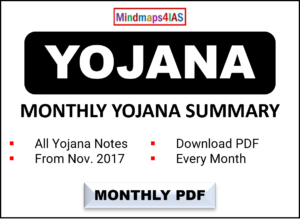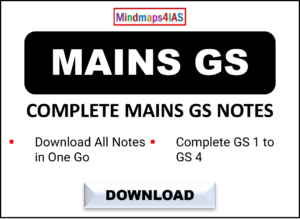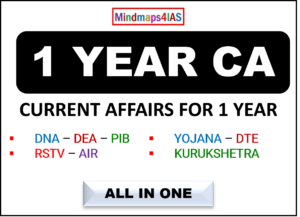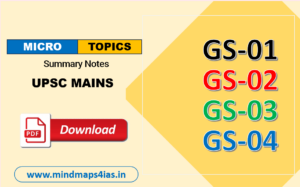Knowledge Booster: Uttarayan and Makar Sankranti
Subject: Geography, Art, and Culture
Relevance: Understanding the significance of Uttarayan and Makar Sankranti is essential for UPSC aspirants, as it encompasses cultural, astronomical, and geographical aspects relevant to Indian traditions and seasonal changes.
Relevance: Understanding the significance of Uttarayan and Makar Sankranti is essential for UPSC aspirants, as it encompasses cultural, astronomical, and geographical aspects relevant to Indian traditions and seasonal changes.
Why in the News?
Uttarayan, marked by the festival of Makar Sankranti, signifies the Sun’s northward movement in the celestial sphere. This period is culturally significant in India, heralding the arrival of warmer months and the harvest season.
Key Takeaways
- Cultural Significance:
- Makar Sankranti is one of the oldest Hindu festivals celebrated primarily in northern India.
- It is dedicated to the Sun God and symbolizes the end of winter and the start of the harvest season.
- Traditions associated with this festival include flying kites and taking holy dips in rivers.
- Astronomical Context:
- Uttarayan represents a six-month period from Makar Sankranti to Karka Sankranti, during which the Sun moves northward.
- The duration of sunlight varies throughout the year, with longer days associated with summer and shorter days during winter.
- The position of sunrise changes daily; it shifts northward after reaching its southernmost point, indicating the onset of summer.
- Tilt of Earth’s Axis:
- The Earth’s axis is tilted at an angle of 23.5° relative to its orbital plane, causing variations in sunlight duration throughout the year.
- As a result, when the Sun begins its northward journey after reaching its southernmost point, it enters Uttarayan. Conversely, when it starts traveling southward from its northernmost position, it enters Dakshinayana.
Beyond the Nugget: Solstices and Equinoxes
- Solstices:
- The Summer Solstice, occurring around June 21, is the longest day of the year for those north of the Equator when the Sun is directly over the Tropic of Cancer (23.5° N).
- The Winter Solstice, on December 21, occurs when the North Pole is tilted away from the Sun, with sunlight directly over the Tropic of Capricorn (23.5° S).
- Equinoxes:
- Equinoxes occur when Earth’s axis is neither tilted toward nor away from the Sun, resulting in nearly equal day and night lengths globally.
- The Vernal Equinox (around March 21) marks spring’s arrival in the Northern Hemisphere, while the Autumnal Equinox (around September 23) marks autumn’s onset.
- Daylight Variation:
- During equinoxes, daylight duration varies slightly due to atmospheric refraction, which makes the Sun appear above the horizon even when it is below.
- At higher latitudes, day lengths can extend beyond 12 hours around equinoxes due to longer sunrises and sunsets.
Understanding Uttarayan and Makar Sankranti provides insights into India’s rich cultural heritage while also highlighting significant astronomical phenomena that impact seasonal changes. This knowledge is vital for UPSC aspirants as it integrates aspects of geography, culture, and science relevant to India’s diverse traditions and natural environment.
















